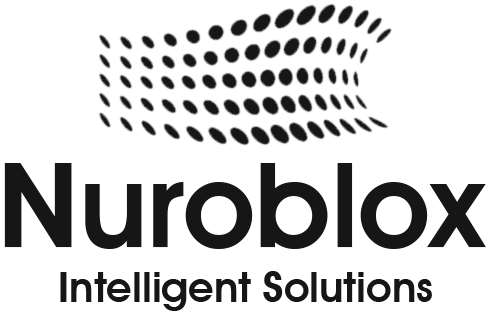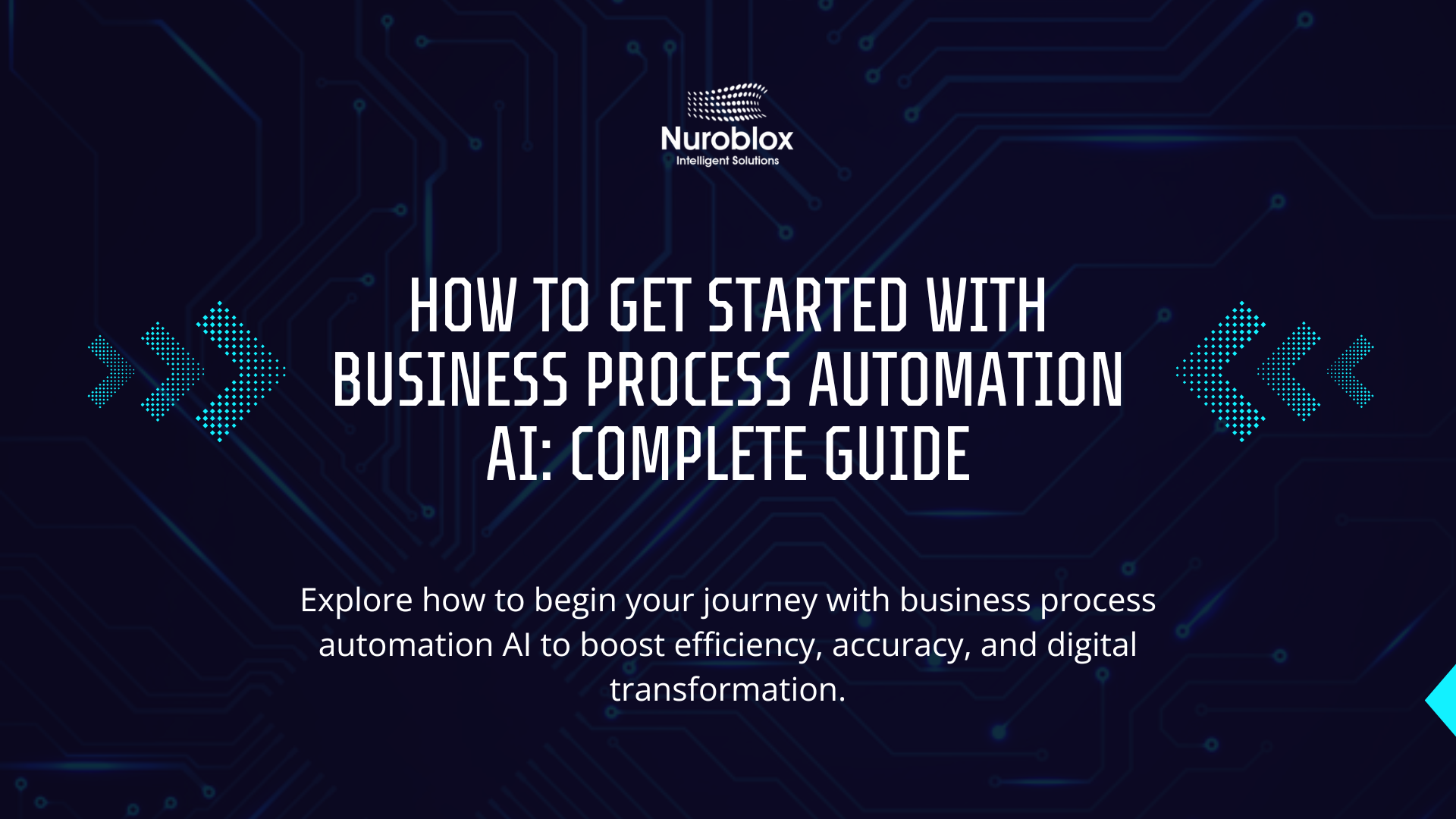How to Get Started with Business Process Automation AI: Complete Guide
Business process automation AI is transforming how enterprises operate. Organizations implementing AI-driven automation report achieving 40-60% improvements in operational efficiency within the first year. If you’re wondering how to get started with business process automation AI, this comprehensive guide walks you through every step from strategy to execution, ensuring your organization captures these competitive advantages.
Whether you’re a small business exploring your first automation opportunity or an enterprise optimizing existing workflows, understanding how to get started with business process automation AI is critical for remaining competitive. This guide provides actionable insights, real-world examples, and proven strategies to launch your AI-powered automation journey successfully.
Why Business Process Automation AI Matters Now
Enterprises face unprecedented pressure to do more with less. Manual processes drain resources, introduce errors, and slow innovation. AI-powered business process automation addresses these challenges by intelligently automating complex workflows without human intervention.
Unlike traditional automation tools, intelligent process automation combines robotic process automation (RPA) with artificial intelligence to handle decision-making, pattern recognition, and adaptive workflows. This technology enables organizations to automate end-to-end processes that previously required human judgment.
Modern business process automation AI tools offer intelligent document processing, predictive analytics, and autonomous agents; technologies that continuously improve through machine learning. Companies leveraging these capabilities report 50-70% cost reductions in processed transactions and 90% fewer processing errors.
Step 1 – Assess Your Current State and Define Business Objectives
The foundation of successful implementation begins with honest assessment. Before adopting business process automation AI, map your current processes and identify specific pain points.
Conduct a process audit. Document all key workflows across departments. For each process, record –
- Average processing time per transaction
- Number of employees involved
- Monthly transaction volume
- Current error rates
- Cost per transaction
- Manual touchpoints requiring decision-making
Identify automation-ready processes. High-volume, rule-based processes with minimal exceptions are ideal candidates. Invoice processing, customer onboarding, claims management, and data entry are proven starting points for business process automation AI implementation.
Define measurable outcomes. Establish clear KPIs before implementation –
- Cost reduction targets (typically 30-50% for automated processes)
- Processing time improvements (often 60-80% faster)
- Error rate reduction (achieving 99%+ accuracy)
- Employee productivity gains
- Customer satisfaction improvements
Calculate ROI projections. Estimate implementation costs, licensing fees, and ongoing maintenance. Compare against projected savings. Most organizations see positive ROI within 6-12 months of launching business process automation AI.
Step 2 – Choose the Right Business Process Automation AI Platform
Selecting appropriate tools is critical for successful implementation. The market offers various platforms, each with distinct strengths for different use cases.
Evaluate platform capabilities. Leading business process automation AI solutions provide –
- Low-code or no-code interfaces for easy customization
- Intelligent document processing for unstructured data
- Integration capabilities with existing enterprise systems
- Built-in AI and machine learning features
- Scalability for growing transaction volumes
- Comprehensive security and compliance controls
Compare deployment options. Cloud-based solutions offer flexibility and faster implementation, while on-premise deployments provide greater control. Hybrid approaches combine both benefits for enterprise environments.
Assess vendor support. Reliable vendors provide implementation assistance, training programs, and ongoing technical support. Examine their track record with similar organizations in your industry.
Consider the vendor ecosystem. Leading platforms offer extensive marketplace integrations, certified partners, and community resources. This ecosystem support accelerates implementation and provides access to specialized expertise for your AI automation journey.
Review security and compliance. Ensure the platform meets industry regulations relevant to your organization. Compliance with GDPR, HIPAA, SOC 2, or other standards is non-negotiable for sensitive processes.
Step 3 – Build Your Automation Team and Define Roles
Successful business process automation AI implementation requires cross-functional teams with complementary skills. Traditional IT-only approaches frequently underperform.
Identify key team members. Effective automation teams include –
- Process owners – Business leaders who understand workflows intimately
- Automation architects – Technical experts designing solutions
- AI/ML specialists – Engineers developing intelligent components
- Change management leads – Professionals managing organizational transitions
- Business analysts – Specialists documenting requirements and optimizing processes
Invest in training and capability building. Ensure team members understand AI fundamentals, platform-specific features, and best practices. Leading vendors offer certification programs supporting professional development.
Establish governance frameworks. Define decision-making authority, approval processes, and quality standards. Clear governance ensures consistency and reduces implementation delays.
Create innovation labs. Dedicate resources to experimentation and learning. Innovation labs provide safe environments for testing new approaches to business process automation AI without disrupting production systems.
Step 4 – Design and Prototype Your First Automation
Successful implementations begin with carefully designed pilots. Rushing to scale before validating approaches wastes resources and damages credibility.
Start small and focused. Select a single, well-defined process with clear business value. Invoice processing, data extraction, or customer inquiry handling are proven starting points. A focused pilot teaches lessons applicable to subsequent automations.
Map end-to-end workflows. Document every step, decision point, and exception handling requirement.
Identify where AI components (document processing, predictive models, autonomous agents) add value
compared to traditional rule-based automation.
Design intelligent decision-making. Business process automation AI excels when processes require
judgment or adaptation. Document scenarios where AI-powered decisions outperform rule-based logic.
Train models on historical data to establish patterns.
Build prototypes and conduct testing. Develop proof-of-concept solutions before full-scale
implementation. Test against production data volumes, edge cases, and integration points. Validate
accuracy, performance, and compliance before broader rollout.
Establish success metrics. Define specific, measurable targets for your pilot. Compare actual results
against projections to identify optimization opportunities before scaling.
Step 5 – Implement, Monitor, and Continuously Optimize
Launch your pilot with appropriate governance and monitoring. Real-world performance often differs from laboratory testing, requiring rapid iteration.
Deploy with proper oversight. Implement pilots in controlled environments with human oversight initially. Gradually increase automation confidence as performance validates design assumptions. This phased approach reduces risk while building organizational confidence in AI-powered automation.
Establish comprehensive monitoring. Continuous monitoring ensures your business process automation AI solution performs reliably –
- Track process metrics (volume, throughput, accuracy)
- Monitor system health (performance, availability, errors)
- Measure business impact (cost savings, time improvements)
- Analyze AI model performance (accuracy decay, retraining needs)
Create feedback loops. Establish mechanisms for users to report issues, edge cases, and improvement opportunities. Feedback drives continuous optimization improving outcomes over time.
Plan iterative improvements. Business process automation AI solutions evolve continuously. Regularly review performance data, identify bottlenecks, and implement refinements. Re-train AI models with new data quarterly to maintain accuracy as business conditions change.
Document lessons learned. Record insights from your pilot. What worked? What didn’t? These lessons accelerate subsequent automation projects and build organizational expertise.
Step 6 – Scale Successfully Across Your Enterprise
After validating your initial automation, expand strategically across the organization. Scaling requires managing change differently than pilots.
Prioritize based on impact. Rank remaining automation candidates by ROI, complexity, and strategic importance. High-impact, lower-complexity processes accelerate scaling momentum and build internal support.
Manage organizational change. Automation transforms roles and responsibilities. Provide training, clarify new job expectations, and address concerns transparently. Organizations managing change effectively see faster adoption and better results.
Build internal expertise. Transfer knowledge from implementation partners to internal teams. Develop center of excellence models that become organizational hubs for process automation expertise.
Leverage reusable components. Extract common patterns, connectors, and AI models from your pilot. Reusable components accelerate subsequent automation projects, reducing implementation time and costs.
Establish governance for AI models. As you scale AI components, implement proper governance ensuring models remain fair, accurate, and compliant. Regular bias audits and performance reviews maintain trust in AI-driven decisions.

Modern business process automation AI platforms should offer several critical capabilities –
- Intelligent document processing handling unstructured data extraction
- Workflow orchestration coordinating complex multi-step processes
- Autonomous agents performing tasks independently with minimal supervision
- Machine learning integration enabling continuous improvement
- Process mining identifying optimization opportunities in existing workflows
- API-first architecture facilitating seamless integration with existing systems
- Enterprise security protecting sensitive business data
Common Mistakes to Avoid
Organizations implementing business process automation AI frequently encounter predictable challenges –
- Starting too ambitiously. Large, complex first projects increase failure risk. Begin with focused pilots.
- Neglecting change management. Technical excellence fails without organizational buy-in and proper training.
- Ignoring data quality. AI models trained on poor data produce poor results. Invest in data quality upfront.
- Automating broken processes. Optimize processes before automating them. Automation magnifies inefficiencies.
- Underestimating implementation complexity. Build realistic timelines accounting for integration challenges and organizational factors.
- Failing to measure value. Without clear metrics, it’s impossible to justify continued investment or identify improvements.
Featured Snippet Opportunity – Definition Box
Business Process Automation AI combines artificial intelligence, machine learning, and workflow automation technologies to intelligently automate complex business processes. Unlike traditional automation, AI-powered solutions handle decision-making, pattern recognition, and adaptive workflows; continuously improving through data and experience. Organizations implement business process automation AI to reduce costs, improve accuracy, accelerate processing, and free employees for higher-value work.
Getting Started with Business Process Automation AI – Your Action Plan
Implementing business process automation AI transforms organizational capabilities, but requires strategic, well-planned execution. Start with clear assessment of current processes and business objectives. Select appropriate platforms matching your requirements. Build capable teams with cross-functional expertise. Begin with focused pilots validating approaches before scaling. Monitor continuously, optimize iteratively, and manage organizational change deliberately.
The organizations that master how to get started with business process automation AI today gain competitive advantages that compound over years. Document your learnings, build internal expertise, and establish governance ensuring responsible, effective AI deployment. As automation capabilities advance, your foundation enables rapid adoption of emerging technologies.
Take the first step in your business process automation AI journey today. Audit your processes, identify high-value automation candidates, and begin planning your pilot implementation. The time to start is now, waiting leaves competitive advantages on the table.


